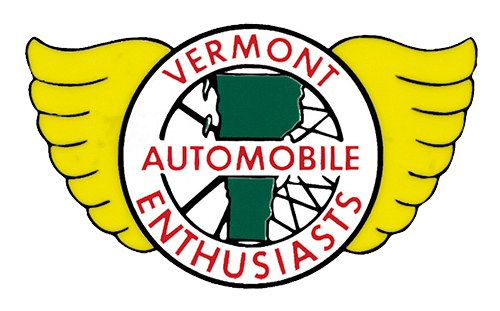Category: Featured Article
-
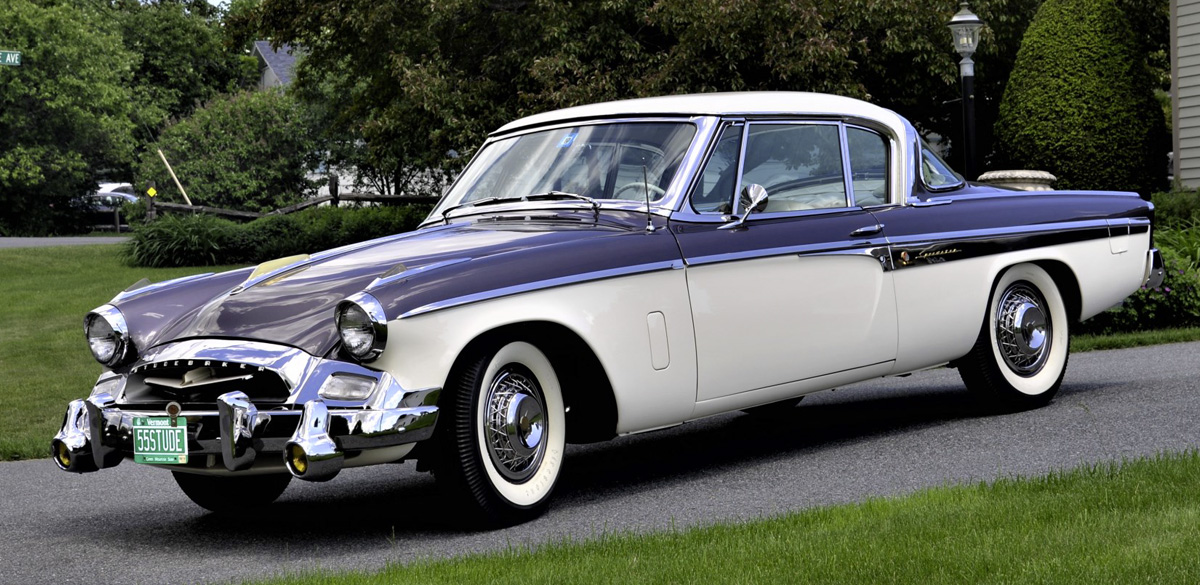
1955 Studebaker President Speedster
Gary Sassi’s life was really good before he was infected by the “old-car-bug”. His Dad, Gino, was a lifelong stone carver in Barre, Vermont and Gary grew up in his […]
-
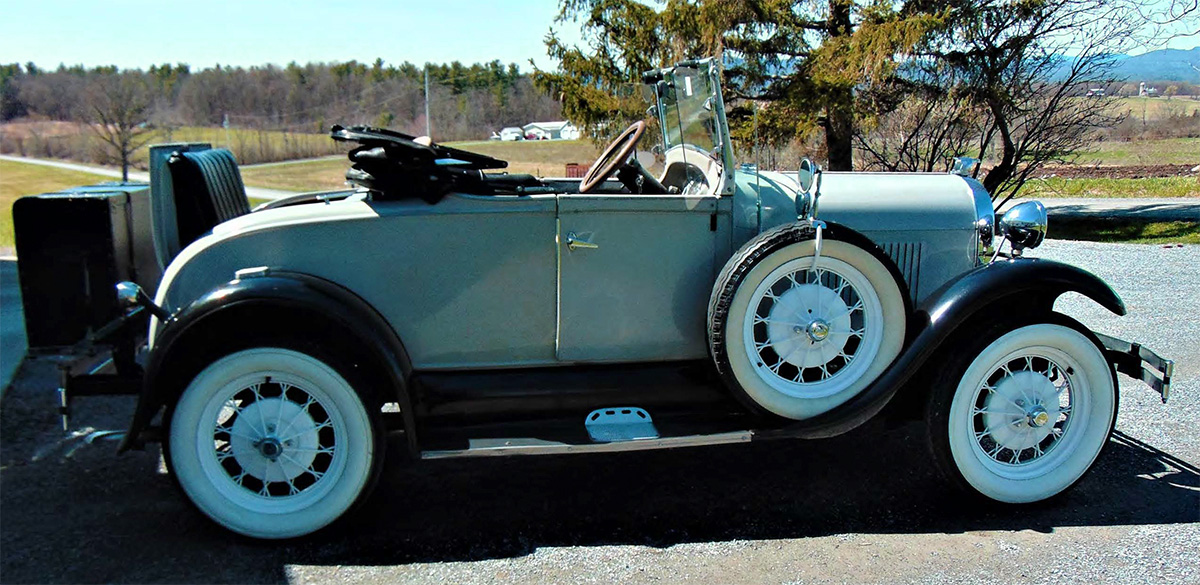
1976 Shay Model A
After 43 years of dreaming about Shay Automobiles, Paul Wagner finally has one… thanks to his persistence and his wife’s dickering abilities. I first heard of the Shay Model A […]
-
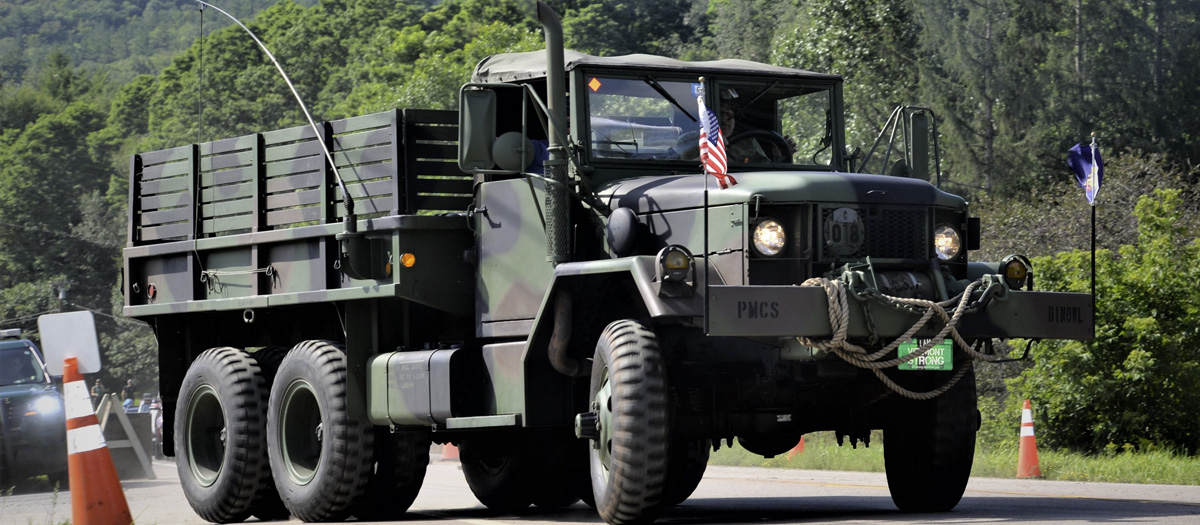
1971 M35A2
This 1971 Army Deuce and a Half lives in White River, Vermont and is owned by Mary Kay & Dennis Brown How did you get interested in these military trucks […]
-
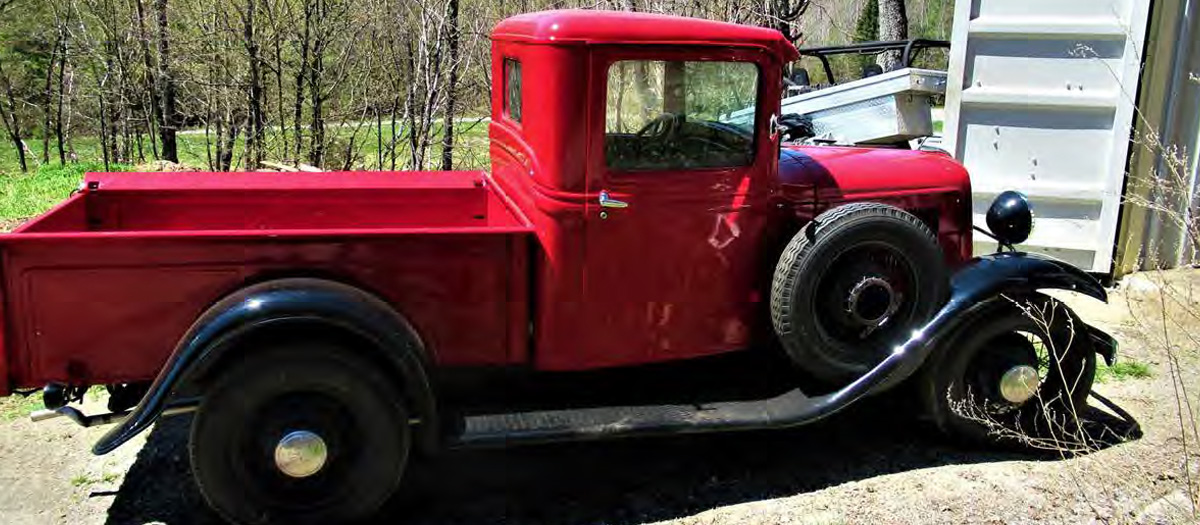
Ford Model A Pickups
Have you ever noticed how serene Model T Pickup owners are? The pickups here are Model A’s and we will try to explain why their owners may not be the […]
-
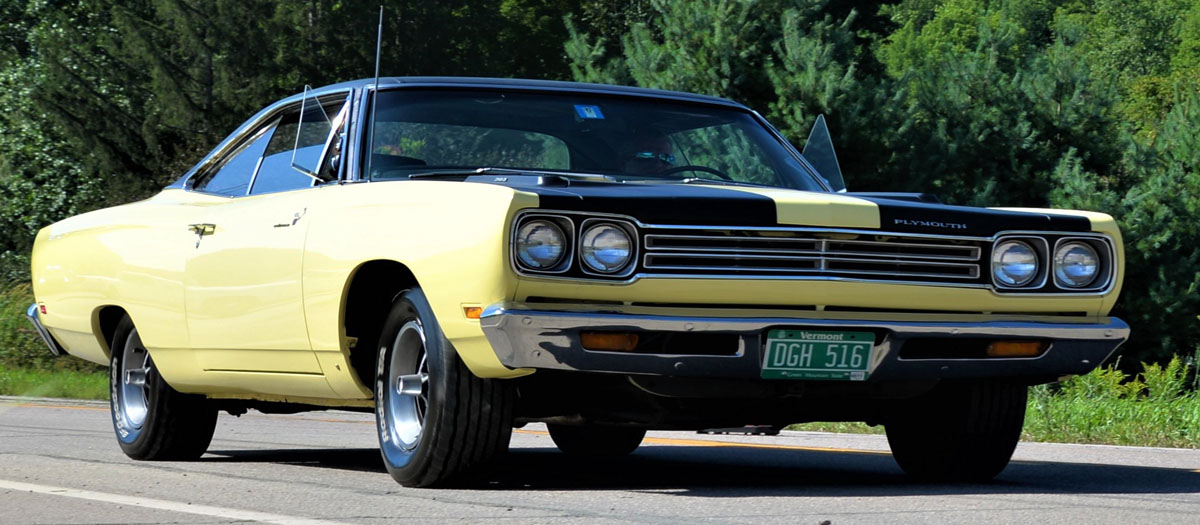
1969 Plymouth Road Runner
This 1969 Plymouth Road Runner was “the transportation” for Megan and Adam Shafritz when they married. It was the fall of 1985 and Adam Shafritz was looking for a project car to work on for […]
-

1903 Grout Model J Drop-front Roadster
Bill Cooke and Sarah Moon have a car they call “Tilly”. The car is a 1903 Grout. Above, is the completely restored Grout, a Model J Drop-front Roadster, of today. The story […]
-
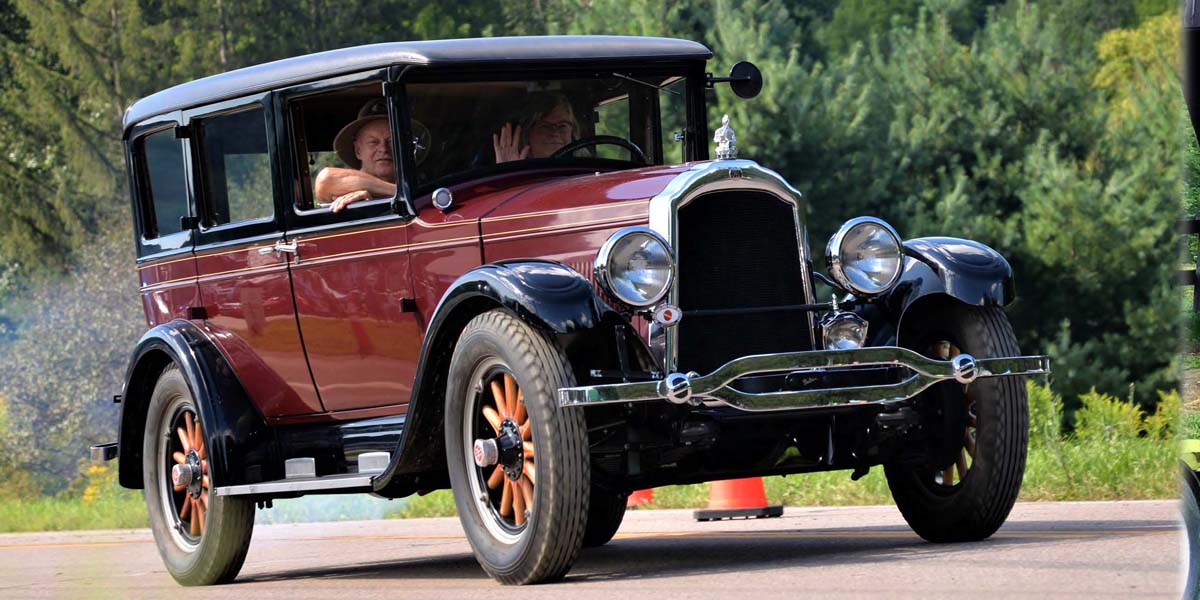
1929 70A Willys Knight Sedan
Tammy and Charlie Thompson, (Daughter and Dad), are on their way to a parade in this beautiful 1929 Willys Knight Sedan. Tammy’s 70A Willys Knight is a sight to be […]
-
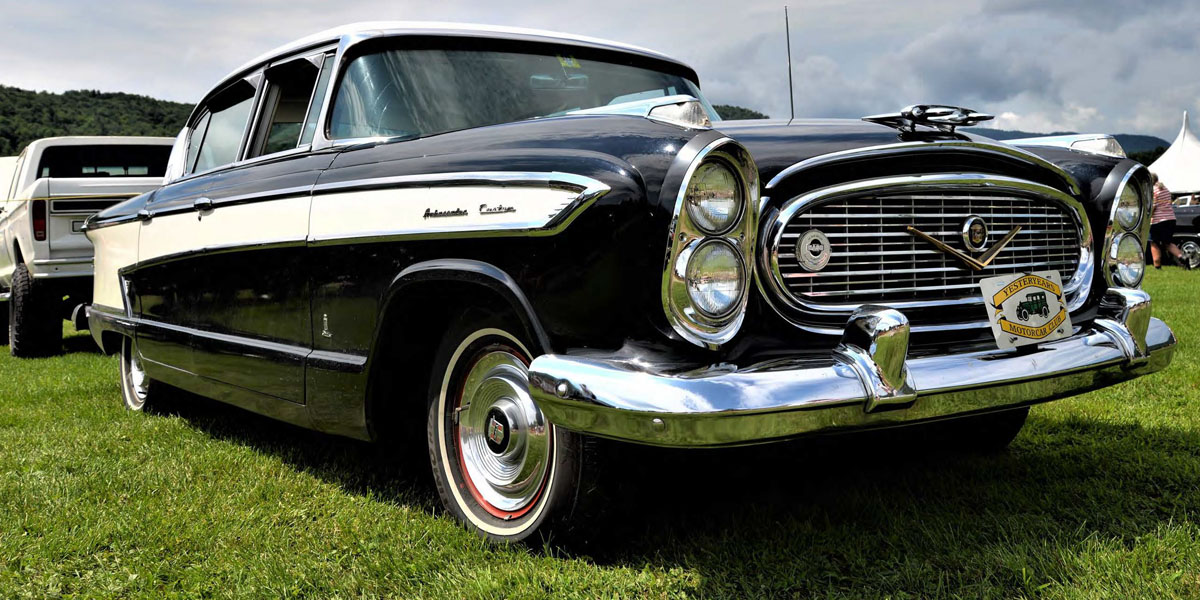
1957 Nash Ambassador
Richard and Mary Lou Hurd’s Nash Ambassador Richard Hurd… “Why do I like Nashautomobiles, you ask?” “One good reason is that I do not meet many of them when I […]
-
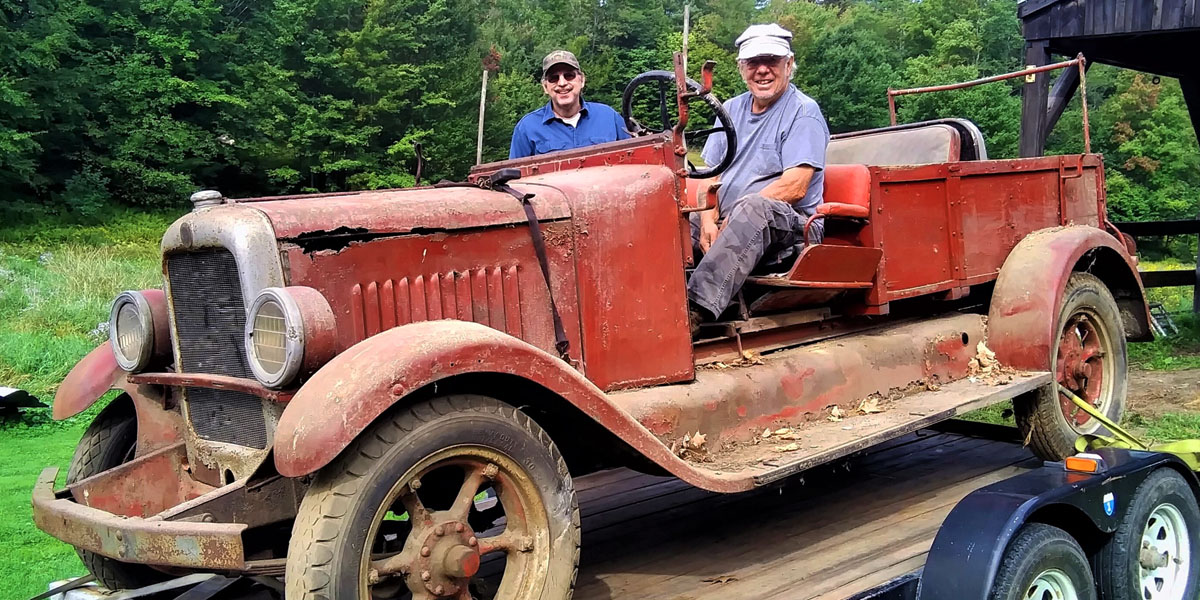
Gary’s 1927 GMC Firetruck
There are two “innocents” in these pictures, and four “connivers”. Dixie the dog is one innocent, can you guess who is the second? How do you match the joy of […]
-
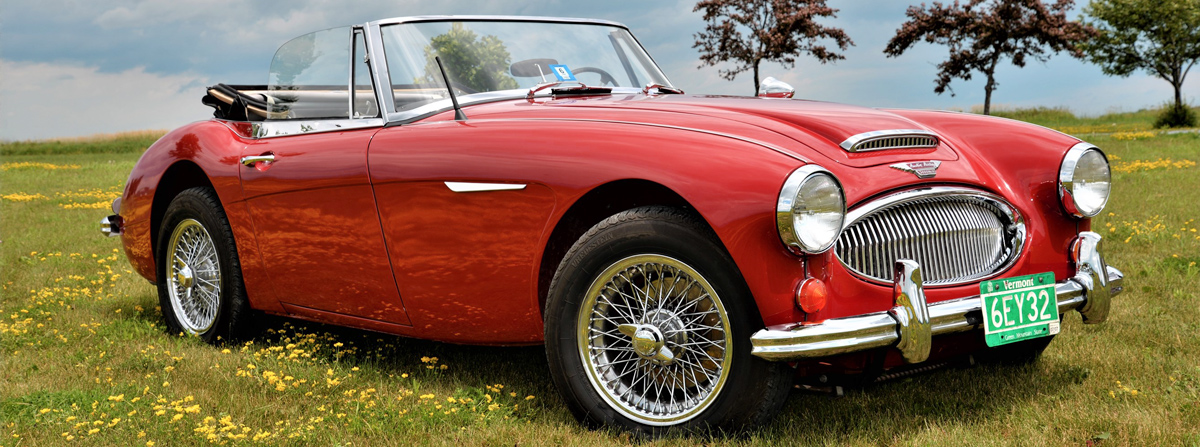
1967 Austin Healey 300 Mk III
A love story for the “VAE Books”. When John Spencer sent pictures to Wheel Tracks, he was asked about the young lady. He replied, “That is the girl I chased with my […]
